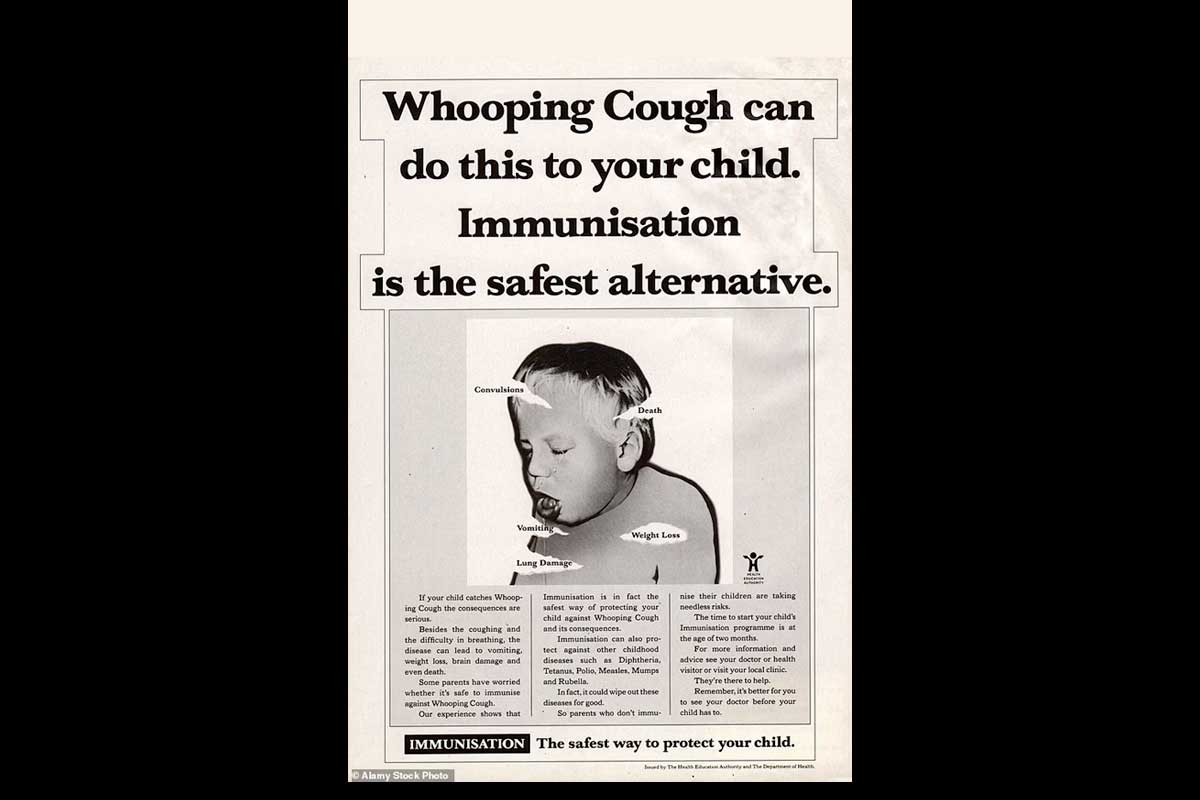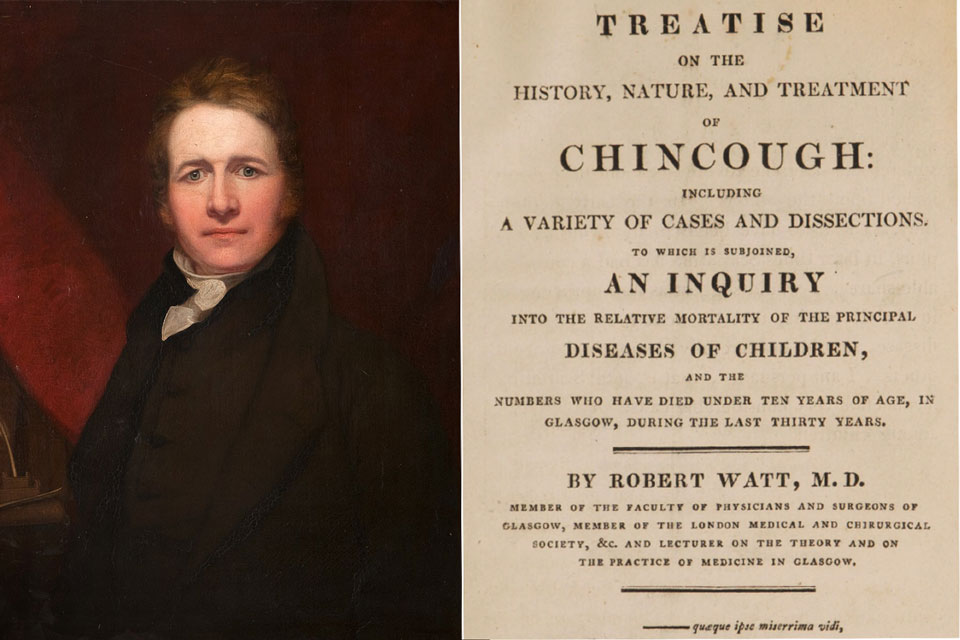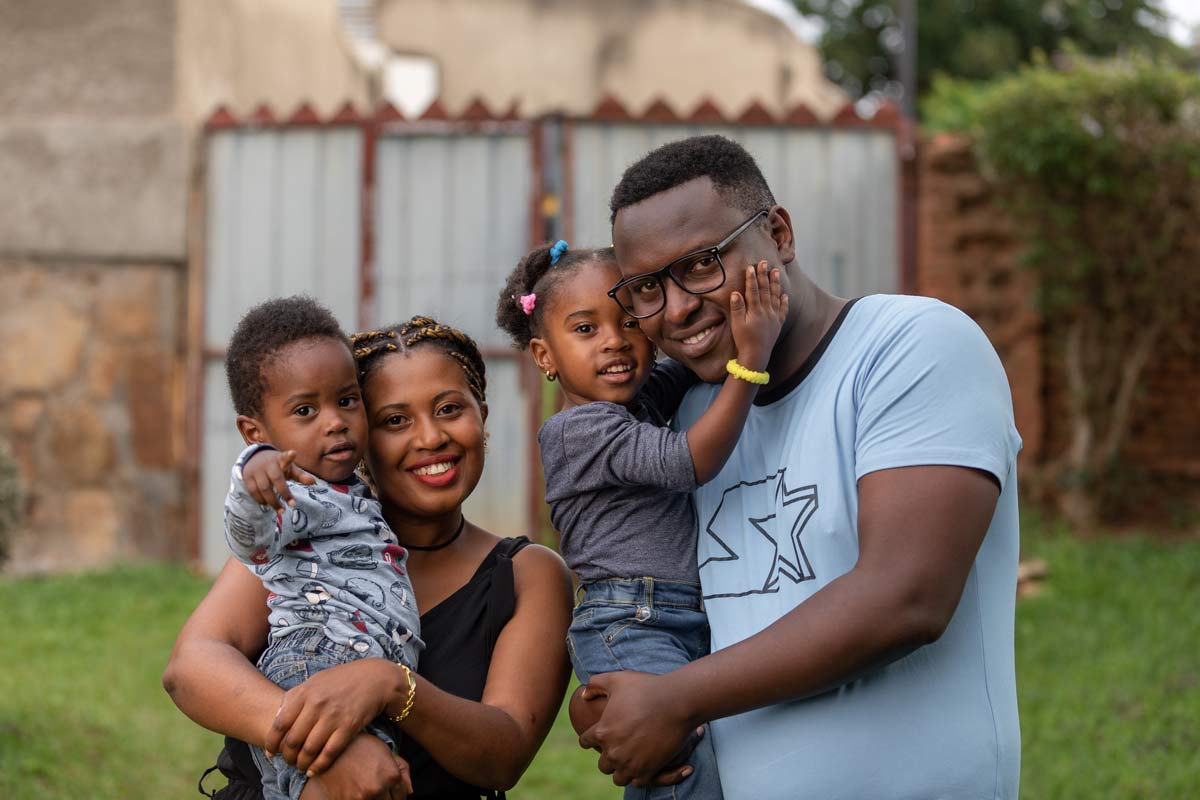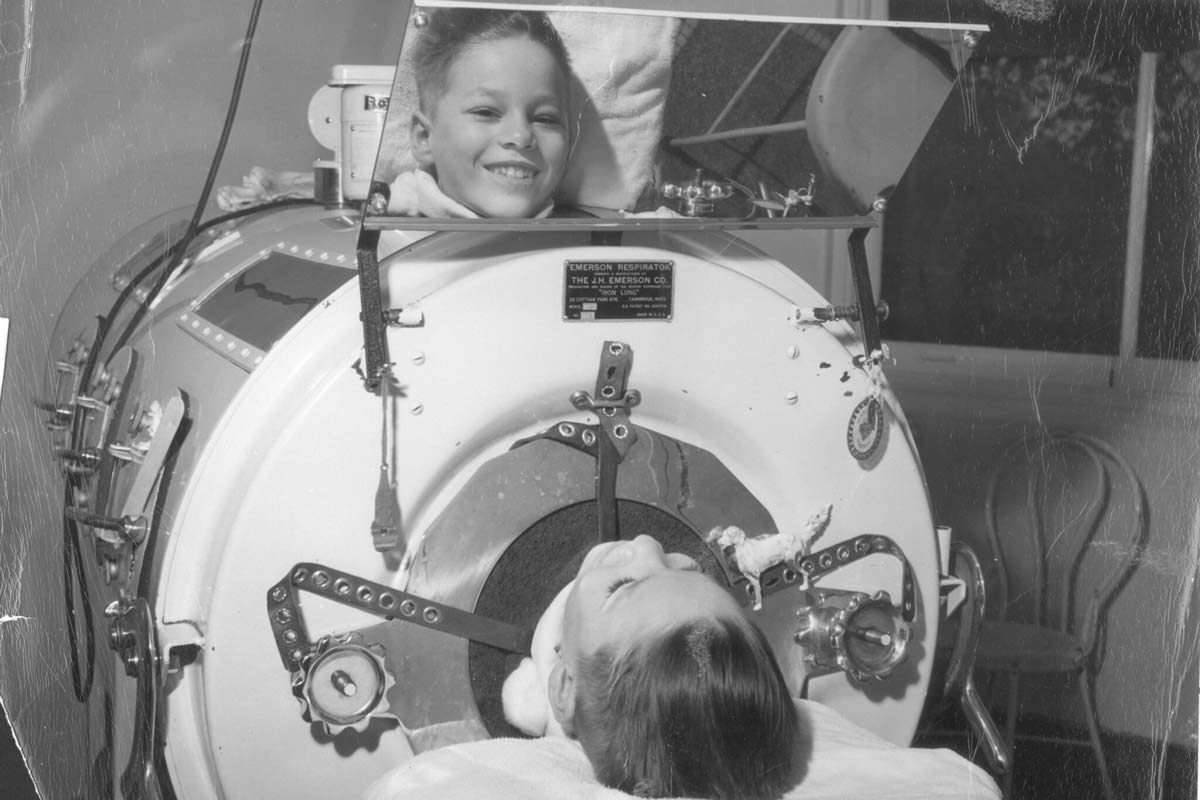The COVID-19 vaccine-shy are changing their minds
Vaccine hesitancy is “not a stable trait,” concludes a new American study, which found that a majority of initially hesitant respondents shifted their stance in favour of getting the jab.
- 1 October 2021
- 5 min read
- by Maya Prabhu

Most people who were hesitant to get vaccinated against COVID-19 changed their minds, a study published last week in JAMA Network Open found. More than 30 percent of the initially wary respondents – those who said they were either unsure or unlikely to receive a coronavirus jab when first surveyed between August and December 2020 – had received at least one dose by late April 2021. A further 37 percent say they now counted themselves as either “likely” or “very likely” to get the vaccine in future.
Many latecomers to vaccination may be getting vaccinated for exactly the same reason that many early-birds did: they are (finally) more worried about COVID-19 than the needle.
When the researchers restricted their analysis to those people who were actually eligible for vaccination, they found that more than half of the previously hesitant had already received at least their first jab. A further 22 percent of that group reported themselves willing. In short, only three in ten study respondents who initially said they were either “very unlikely”, “unlikely” or “unsure” about getting immunised, remained resistant months later.
“Vaccine hesitancy is not a stable trait precluding vaccination, but, instead, is labile,” the study’s authors conclude. It’s a heartening finding and one which tallies with broader trends elsewhere. Poll data gathered by Morning Consult, for instance, reveals an average 24% decline in vaccine scepticism among young people (aged 18 to 34) across 15 countries between April and September 2021. While a May 2021 survey suggested that more than a quarter of EU adults would refuse a COVID-19 shot if offered one, in early October, 79.2% of adults in Europe have received at least one dose.
Even in the USA, with its strident anti-vax pundits and strikingly sluggish vaccination rate - just 56% of Americans are currently fully vaccinated, placing America 38th in an international inoculation league table, polling of nationally-representative sample groups reveals what the Washington Post termed “the slow and steady decline of the vaccine sceptics.”
Of course, the shallowness of that down-slope has a cost: the real-world meaning of COVID-19 vaccine hesitancy is arguably best articulated by the country’s hospitalisation figures. Nearly 82,000 patients fill American COVID wards, with the unvaccinated richly overrepresented among the sick: CDC data show that the unimmunised are more than 10 times more likely to be hospitalised, and 11 times more likely to die. Reports suggest that resentment of unvaccinated patients among healthcare workers is a last straw for many overtaxed hospital staff, leading to resignations. Anger at the unvaccinated – in no short supply online – is understandable.
Have you read?
But it’s worth wondering whether the impatient impulse to flatten “the unvaccinated” into a single bloc characterised by its noisiest constituents (when, in fact, not every hesitant person is a committed anti-vaxxer, conspiracy theorist or science-denier) risks obscuring the apparently large proportion of people whose hesitancy is less firmly held. These hesitant populations might, that is, be profitably encouraged to reconsider their position. Digging into the reasons why these varying levels of vaccine scepticism exist could help us accelerate vaccine uptake.
The JAMA study doesn’t investigate why 7 out of 10 initially hesitant respondents changed their minds. A KFF survey of the recently vaccinated, on the other hand, suggests that growing fear of infection is a major motivator: the rise in cases due to the Delta variant, concern about filling hospitals, and knowing someone killed by or seriously sickened by COVID-19 all ranked high on a list of reasons chosen by respondents.
In other words, many latecomers to vaccination may be getting vaccinated for exactly the same reason that many early-birds did: they are (finally) more worried about COVID-19 than the needle. There’s a futile irony implied: if the best way to convince the convincible is for more people to get more sick, the transformative potential of the vaccination drive is necessarily capped low.
But controllable factors are also represented in the KFF list of motivators: 35% of respondents said they got the vaccine in part because it allowed them access to an activity that demanded proof of vaccination – travelling, going to the gym or attending a concert, for instance.
19% cited social pressure, another 19% cited an employer’s requirement of vaccination. As more countries roll out policies that constitute social and economic inducement to vaccinate – from “green passes” to straight mandates – some have warned that top-down pressure and forceful messaging will backfire, prompting an ideological doubling-down.
Others have looked to history and argued that, inevitable pockets of resistance notwithstanding, mandates also produce compliance. Certainly, both demonstrative resistance and compliance were in evidence in France and Italy, where, despite protests, vaccination rates have risen since the institution of the “green pass” or “health pass”. And in California, early reports suggest that newly instituted requirements for health workers to be vaccinated have helped to boost immunisation rates.









